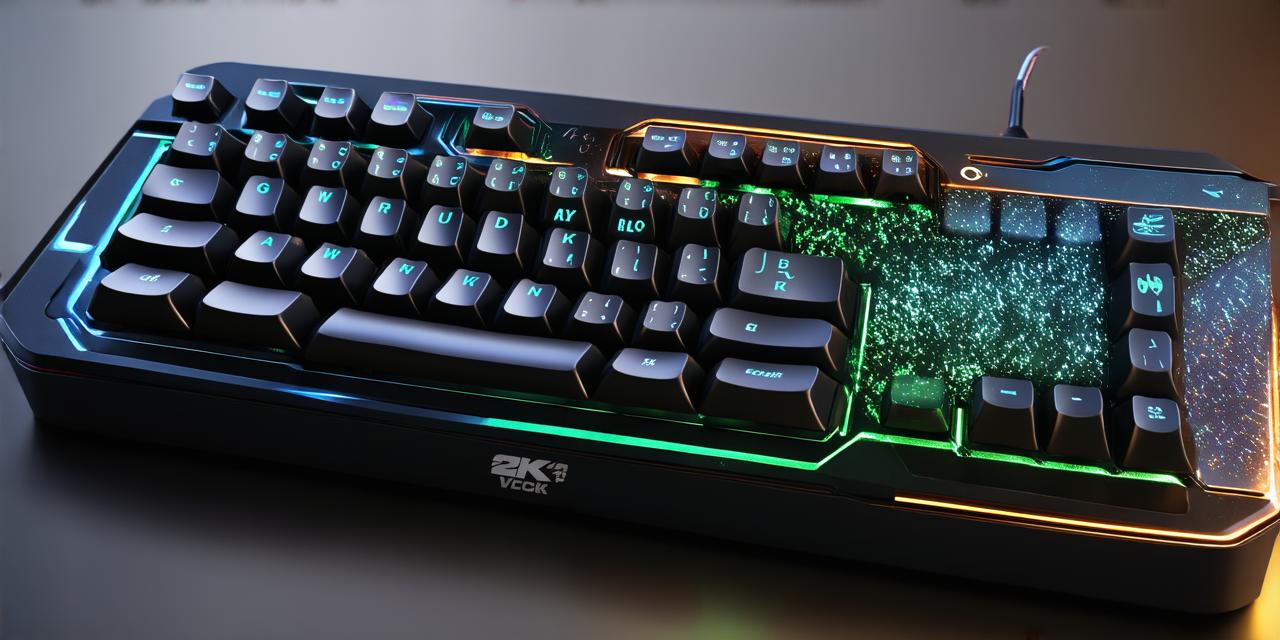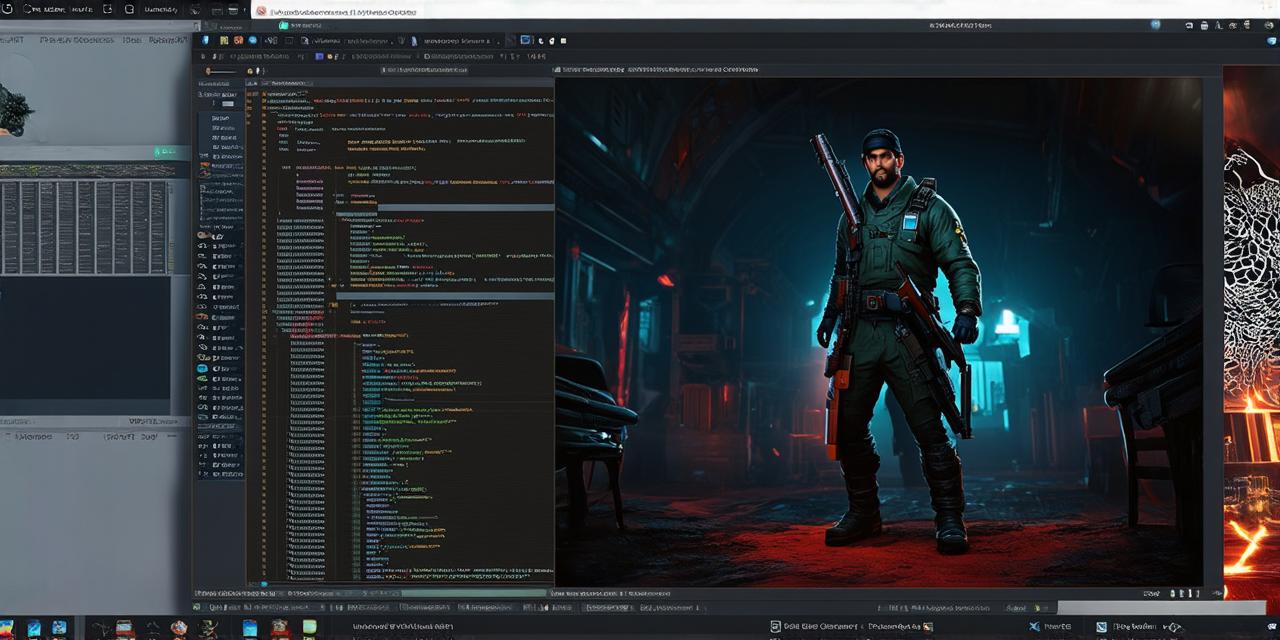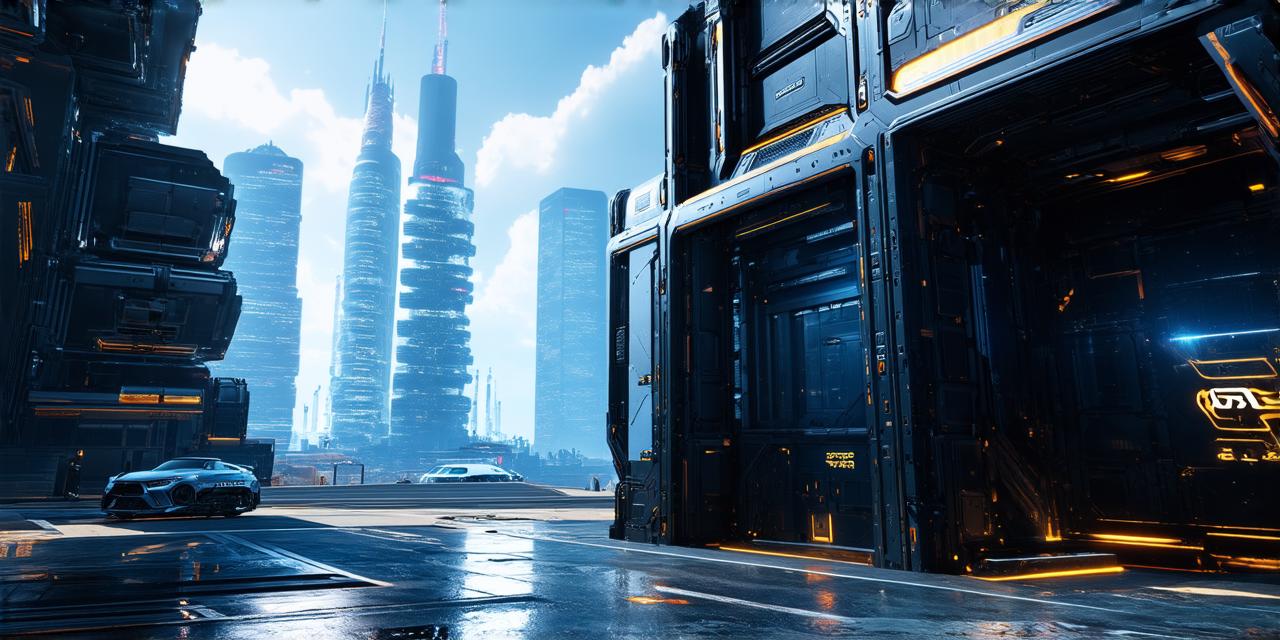
Are you looking to create your own game using Unity? Look no further! In this comprehensive guide, we will take you through the steps of creating a simple 2D platformer game from scratch using Unity’s powerful tools and features. We’ll also cover some best practices for game development and provide tips on how to optimize your game for maximum performance.
Getting Started with Unity
Unity is a popular game engine that allows developers to create 2D, 3D, and augmented reality games for a variety of platforms, including PC, mobile, and console. To get started with Unity, you’ll need to download the latest version from their website and install it on your computer. Once installed, open up Unity and you’ll be presented with the default project template.
Creating Your Game Environment
The first step in creating a game is to set up the environment. This includes creating the levels, adding objects, and setting up the basic game mechanics. In our example, we’ll create a simple 2D platformer game with a player character that can jump and run.
To start, create a new scene in Unity by going to Assets > Scene > New Scene. This will open up a blank canvas where you can add your game objects. Begin by adding a camera and a ground layer. You can do this by right-clicking in the scene view and selecting the desired object from the menu that appears.
Adding Gameplay Mechanics
Now that we have our environment set up and our character animated, it’s time to add some gameplay mechanics. To make our player character jump, we’ll need to add a script to the character object that checks for input and triggers the jump animation.
To do this, create a new C script by going to Assets > Create > C Script. In this script, we’ll write some code that checks for input from the player (e.g., pressing the spacebar) and triggers the jump animation. We’ll also need to add a collider to the character object so it can interact with the environment.
Optimizing Your Game for Performance
As your game grows more complex, you may start to notice performance issues. To optimize your game for maximum performance, there are a few things you can do.
First, make sure that your game objects are properly organized and grouped. This will help Unity’s rendering engine to efficiently render the game. You should also try to keep the number of draw calls as low as possible by using LOD (Level of Detail) techniques and batching similar game objects together.




